Nestled in the heart of Bavaria, Nuremberg stands as a testament to Germany’s rich and complex history. Known for its medieval architecture, pivotal role in the Holy Roman Empire, and the infamous post-World War II trials, the city is a fascinating blend of old-world charm and modern vitality. Walking through its cobblestone streets, one can’t help but feel the weight of centuries past, yet also the vibrant pulse of contemporary life.
The city’s skyline is dominated by the imposing Nuremberg Castle, a symbol of its historical significance. Built in the 11th century, the castle served as a key residence for German kings and emperors. Its walls whisper tales of medieval grandeur, political intrigue, and the city’s once-central role in European affairs. From the castle’s towers, visitors are treated to panoramic views of red-roofed houses, Gothic churches, and the winding Pegnitz River below.
Beyond its architectural marvels, Nuremberg is perhaps best known for its darker association with the 20th century. The city was a focal point of Nazi propaganda, hosting massive rallies that were meticulously documented in Leni Riefenstahl’s infamous film, Triumph of the Will. Decades later, it became the stage for the Nuremberg Trials, where key figures of the Third Reich were held accountable for their crimes. Today, the Memorium Nuremberg Trials museum offers a sobering reflection on this chapter, reminding visitors of the importance of justice and remembrance.
Yet, Nuremberg is far more than a city defined by its past. It thrives as a cultural hub, celebrated for its contributions to art, music, and gastronomy. Albrecht Dürer, one of the most influential figures of the Northern Renaissance, called Nuremberg home. His former residence, now a museum, showcases his groundbreaking works and offers insight into the artistic innovations of his time. Meanwhile, the city’s annual Christkindlesmarkt, one of the oldest and most famous Christmas markets in the world, transforms its central square into a winter wonderland of twinkling lights, handmade crafts, and the irresistible aroma of gingerbread and mulled wine.
The culinary scene in Nuremberg is another highlight, deeply rooted in tradition. The city’s namesake sausages, Nürnberger Rostbratwürste, are a must-try—small, flavorful, and typically served three to a bun with sauerkraut and mustard. Local breweries continue centuries-old practices, producing some of Germany’s finest beers. For those with a sweet tooth, the city’s gingerbread, or Lebkuchen, is a festive treat with a history dating back to the Middle Ages.
Modern Nuremberg is also a city of innovation and sustainability. It has embraced green initiatives, from extensive bike lanes to renewable energy projects, while maintaining its historical character. The blend of old and new is evident in neighborhoods like the Gostenhof district, where trendy cafes and galleries coexist with traditional bakeries and artisan workshops.
Whether you’re drawn by its historical significance, cultural offerings, or simply the allure of its picturesque streets, Nuremberg captivates in ways few cities can. It’s a place where the past is never far from the present, and where every corner holds a story waiting to be discovered.
Exploring Nuremberg’s Lesser-Known Gems
While the city’s major landmarks are well-documented, Nuremberg’s true charm often lies in its quieter, less-traveled spots. The Handwerkerhof, a quaint craftsmen’s courtyard near the Königstor gate, feels like stepping into a medieval village. Here, artisans practice age-old trades, from glassblowing to tin-figure painting, offering a glimpse into the skills that shaped the city’s heritage.
Another hidden treasure is the Neues Museum, a striking modern art museum that contrasts sharply with the city’s historical backdrop. Its exhibitions, ranging from contemporary installations to avant-garde design, highlight Nuremberg’s ongoing dialogue between tradition and innovation. Nearby, the St. Johannis Cemetery provides a serene escape, with its centuries-old gravestones and the final resting places of luminaries like Albrecht Dürer.
For those willing to venture slightly outside the city, the Franconian Switzerland region offers breathtaking landscapes of limestone cliffs, dense forests, and charming villages. It’s a paradise for hikers and nature lovers, and a reminder that Nuremberg’s appeal extends far beyond its urban boundaries.
In the end, what makes Nuremberg unforgettable is its ability to balance reverence for history with a forward-looking spirit. It’s a city that acknowledges its scars but refuses to be defined by them, choosing instead to celebrate its resilience and creativity. Whether you spend your days exploring castles and museums or simply savoring a sausage in a sunlit square, Nuremberg leaves an indelible mark on all who visit.

By /Jun 9, 2025
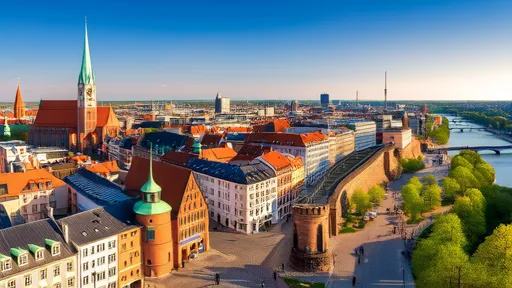
By /Jun 9, 2025
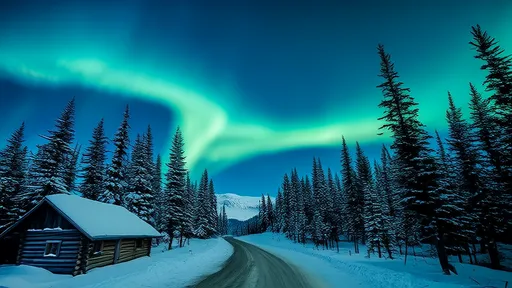
By /Jun 9, 2025
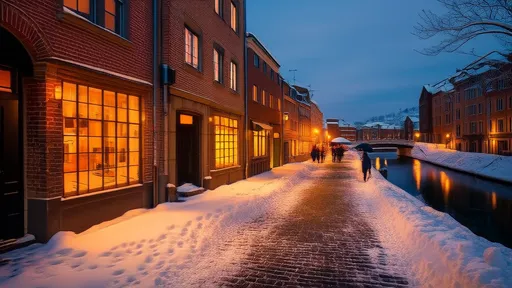
By /Jun 9, 2025
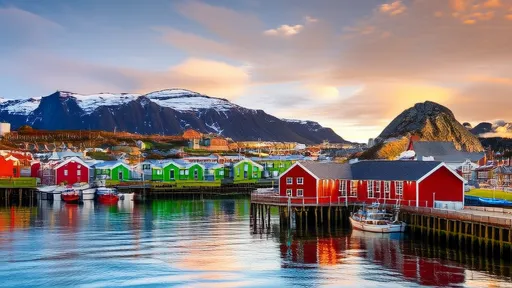
By /Jun 9, 2025
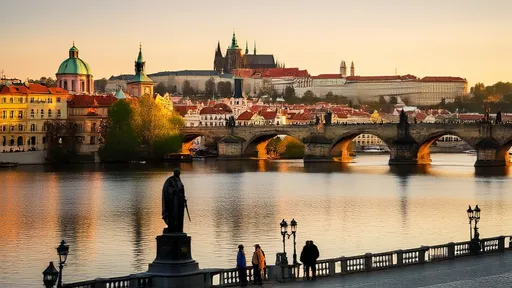
By /Jun 9, 2025
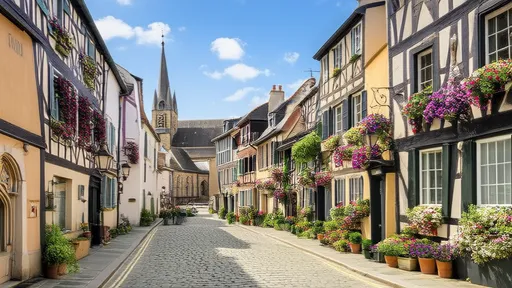
By /Jun 9, 2025

By /Jun 9, 2025
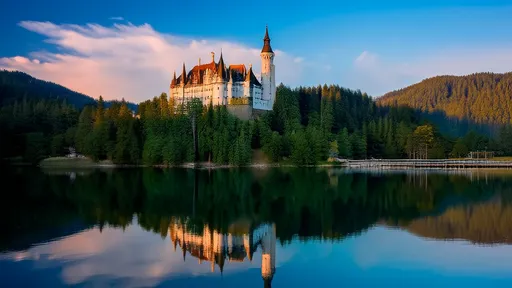
By /Jun 9, 2025

By /Jun 9, 2025
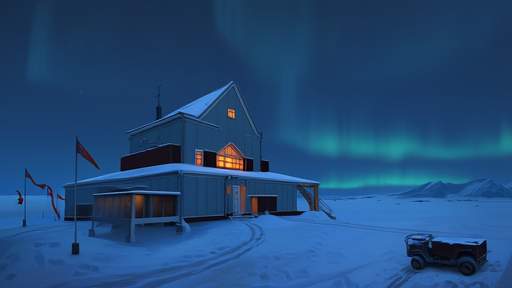
By /Jun 5, 2025
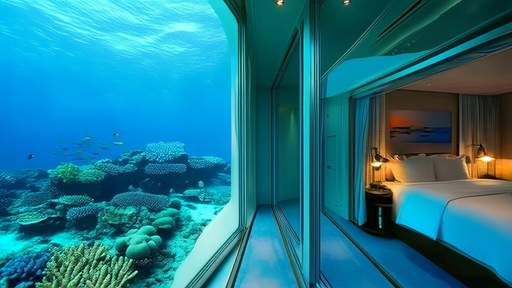
By /Jun 5, 2025
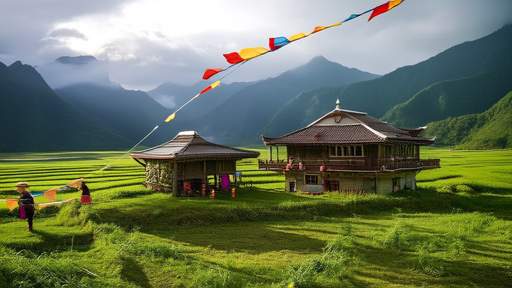
By /Jun 5, 2025
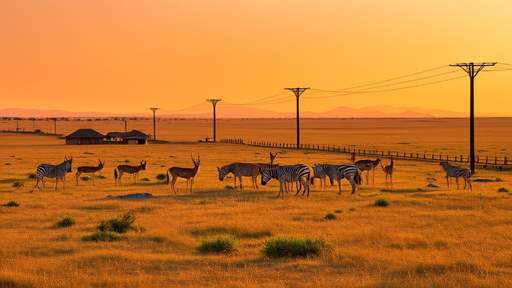
By /Jun 5, 2025
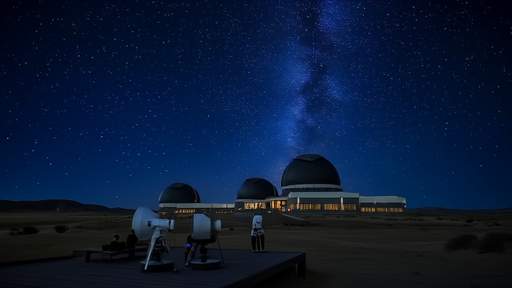
By /Jun 5, 2025
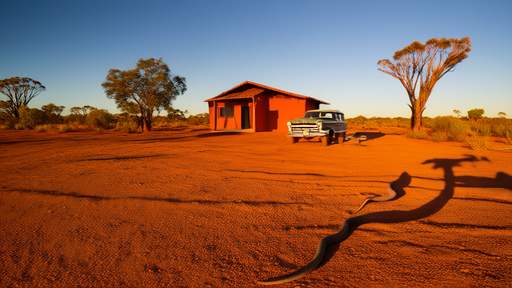
By /Jun 5, 2025
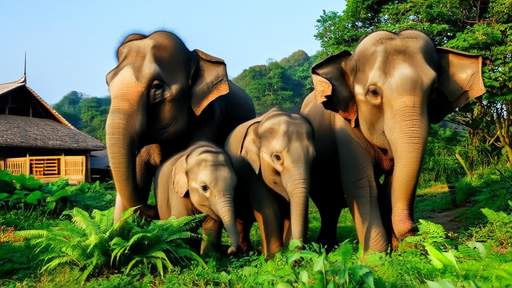
By /Jun 5, 2025

By /Jun 5, 2025
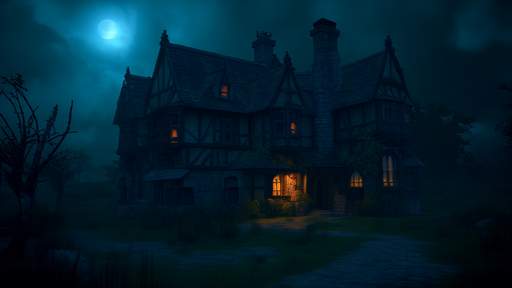
By /Jun 5, 2025